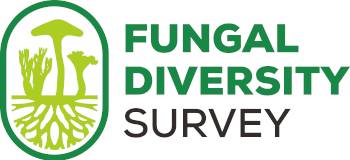FunDiS West Coast Rare Fungi Challenge

Have you ever seen a parasitic mushroom?
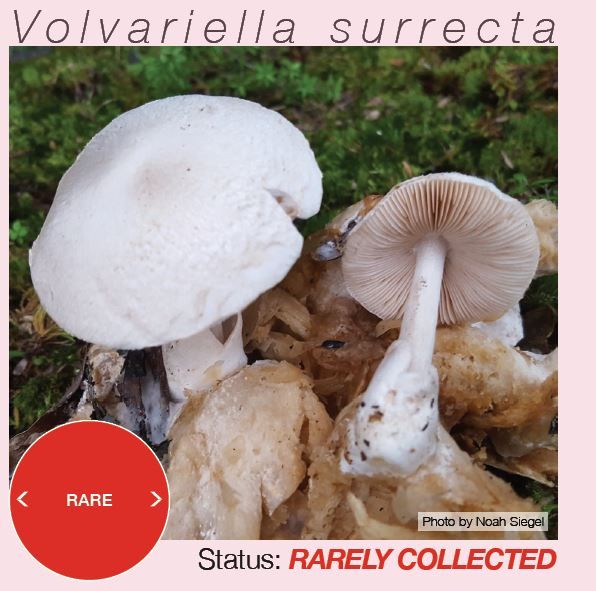
There are only a handful of known collections of this mushroom from western North America
We need more collections of this species so scientists can determine whether it is different from the European populations with the same name.
Download the PDF Pamphlet
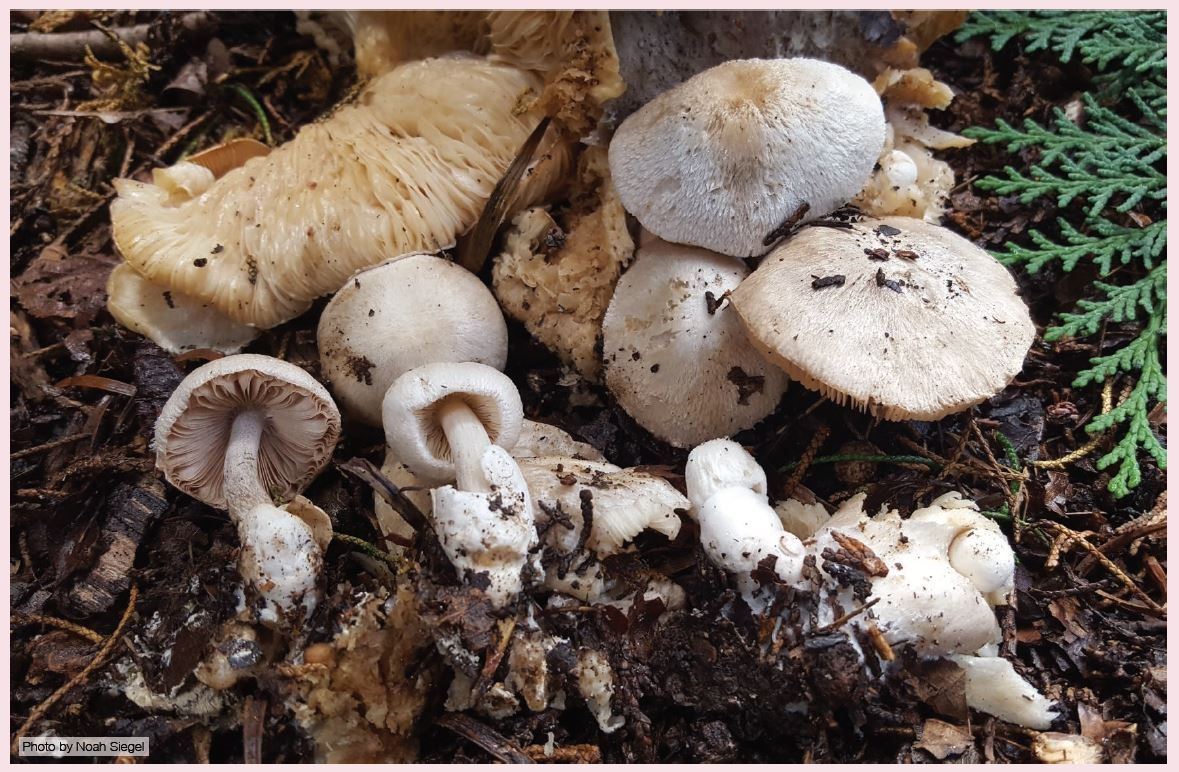
Description
Like all Volvariella, it has a sac (or in technical terms, a “volva”) at the base of the stem. The cap is 0.75–2 inches across and the stem is 1–3 inches long. The gills are usually whitish to pale pink.
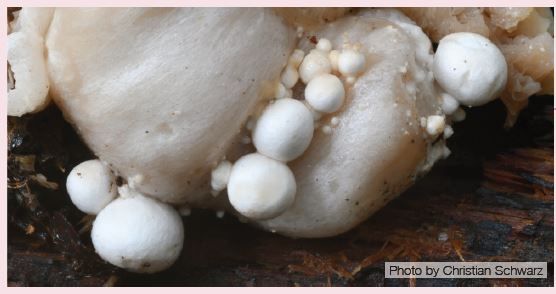
Look for the “eggs” of the Piggyback Pinkgill on the tops and around the margins of deformed looking Clitocybe: if you leave them in a moist place for a few days, they are likely to hatch!
What else could it be?
There are other mushroom parasites, for instance on old blackened Russula, but nothing as big, white, and pink as the Piggyback Pinkgill.
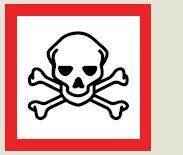
![]() Never eat wild mushrooms without a confident identification!
Never eat wild mushrooms without a confident identification!
Contact Poison Control if you think you have eaten a poisonous mushroom: 1-800-222-1222.
When & Where?
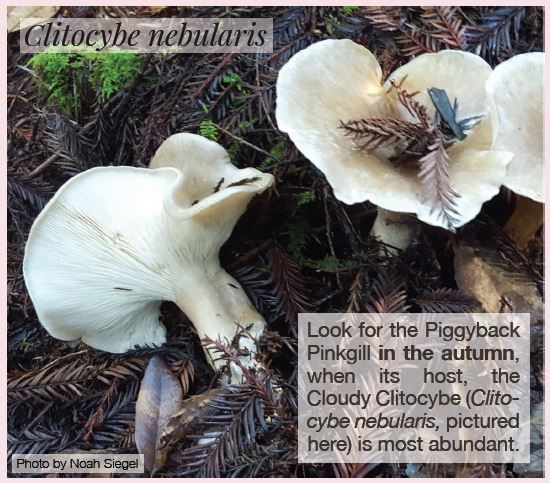
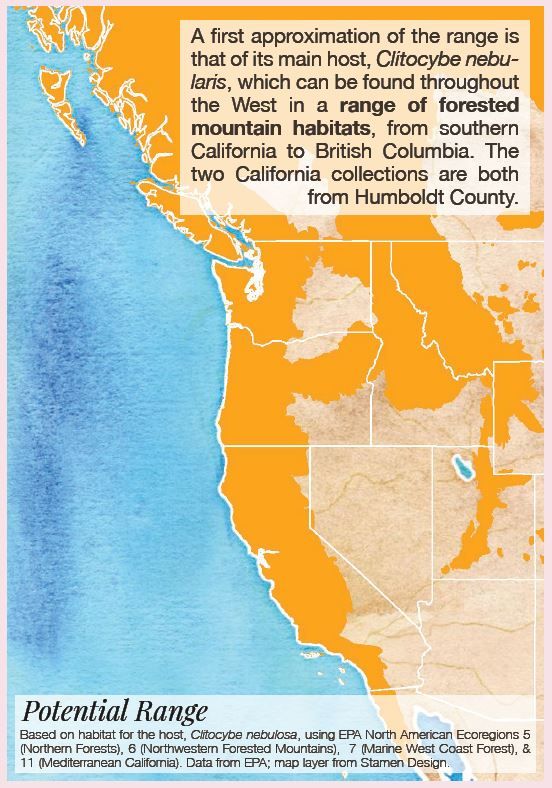
Habitat

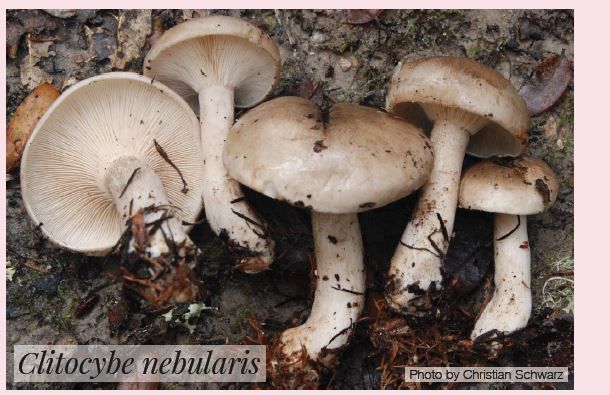
More Information
Siegel N, Vellinga EC, Schwarz C, Castellano MA, Ikeda D. 2018. A field guide to the rare fungi of California’s National Forests. Bookmobile: pg. 128–129. Accessible at:
mykoweb.com/CAF/PDF/Rare_Fungi_of_CA_National_Forests.pdf
iNaturalist (0 obs. in Western North America):
inaturalist.org/taxa/384733-Volvariella-surrecta
Mushroom Observer (1 obs. in Western North America):
mushroomobserver.org/name/show_name/4004
What to do if you find it:
Make an observation
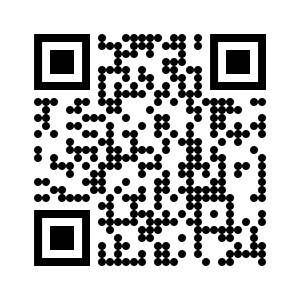 The first thing to do is to record your observation. We prefer to use the iNaturalist app for that (visit www.iNaturalist.org to learn more), but you could also upload your observation to Mushroom Observer (visit www.MushroomObserver.org). The QR code to the right will take you to the Fungal Diversity Survey (FunDiS for short) website on how to “Contribute Observations” to the project.
The first thing to do is to record your observation. We prefer to use the iNaturalist app for that (visit www.iNaturalist.org to learn more), but you could also upload your observation to Mushroom Observer (visit www.MushroomObserver.org). The QR code to the right will take you to the Fungal Diversity Survey (FunDiS for short) website on how to “Contribute Observations” to the project.The best thing you can do is take lots of photographs and notes. Typically, smartphones will automatically georeference any photos taken, but it is good practice to note your exact location, preferably with GPS coordinates, and what trees or other habitat features are nearby. For example, was the mushroom growing from duff and humus, or from bare soil? Did it have a particular smell?
Collect a specimen
If you are in an area where it is allowed and have any necessary permits, we strongly urge you to create a vouchered collection. This means a dried specimen for deposit in a herbarium, where researchers can access it for things like DNA sequencing. If you don’t know how to do this, please see:
fundis.org/sequence/sequence/dry-your-specimens
In California, collecting mushrooms is usually allowed in National Forests with a permit. Permits can be obtained at the headquarters of the National Forest you're visiting, and are usually inexpensive or free. However, restrictions vary among the individual National Forests, so make sure to find out the specifics when picking up your permit. State and County Parks generally do not allow mushroom picking, but regulations vary, so make sure to check your destination before you go out. In Oregon, most State and Federal lands allow collecting up to a gallon without a permit, but again, regulations vary, so check ahead of time.
Don’t forget to look for other mushrooms and fungi while you’re there! Like other Rare Fungi, part of why this mushroom is rare is because it grows in a place that mushroom pickers don’t generally go: Coastal Redwood Forests. Since you’ve already got iNaturalist open, why not record your other finds?Most mushrooms are like fruit: picking an apple from an apple tree doesn’t hurt the tree. In the same way, harvesting mushrooms does not generally hurt the mycelium of the fungus. We do still recommend leaving some mushrooms behind, and not picking perennial mushrooms, like brackets and conks.
Who to contact
If you think you’ve found this mushroom, and you’re not sure about any of the above, such as how to report the find, whether you can collect it, or what to do with it once you have collected it, please contact us!

